Understanding The UV Index
Understanding the UV Index

Sunlight not only brightens our days but also comes with invisible ultraviolet (UV) rays.
Understanding the UV Index helps us know how these rays impact us and provides a roadmap to safeguarding our skin and overall health.
The Basics of Ultraviolet (UV) Radiation
What is UV Radiation?
Before diving into the UV Index, it's essential to grasp what ultraviolet radiation is and why it matters.
UV radiation is a type of energy produced by the sun and some artificial sources, like tanning beds.
While not visible to the naked eye, these rays penetrate the earth's atmosphere and play a significant role in various phenomena, from the suntans and sunburns we experience to more severe health implications.
Different Types of UV Rays
UV radiation is classified into three main types based on their wavelengths: UVA, UVB, and UVC.
- UVA: These rays have the longest wavelength and make up most of our UV exposure. While they're less intense than UVB rays, they're far more prevalent and can penetrate clouds and glass.
- UVB: Shorter than UVA rays, UVB rays are responsible for causing sunburn and directly damage the DNA in our skin cells. Luckily, most of these rays get absorbed by the ozone layer, but enough can reach Earth to cause damage.
- UVC: These have the shortest wavelengths and are the most harmful. Fortunately, they're entirely absorbed by the atmosphere and don't reach Earth's surface.
How UV Rays Affect Our Skin and Health
While a sun-kissed glow might seem desirable, prolonged exposure to UV rays can have profound effects on our skin and overall health.
Apart from sunburn, extended UV exposure can lead to premature aging, cataracts, immune system suppression, and skin cancer. Additionally, UVB rays are the primary source of vitamin D production in our bodies, a necessary component for bone health. However, prolonged exposure poses more risks than benefits.
The Inception of the UV Index
Why Was the UV Index Created?
With the increasing awareness of UV-related health risks, there was a need for a straightforward way to inform the public about daily UV exposure levels.
The UV Index was developed to bridge this knowledge gap, offering an easy-to-understand, daily forecast of the expected risk of UV radiation from the sun.
Who Developed the UV Index?
The UV Index, as we know it today, was a collaborative creation, developed and standardised by various international organisations, including the World Health Organisation.
The goal was to offer a consistent, global measure to educate people about the risks of UV exposure.
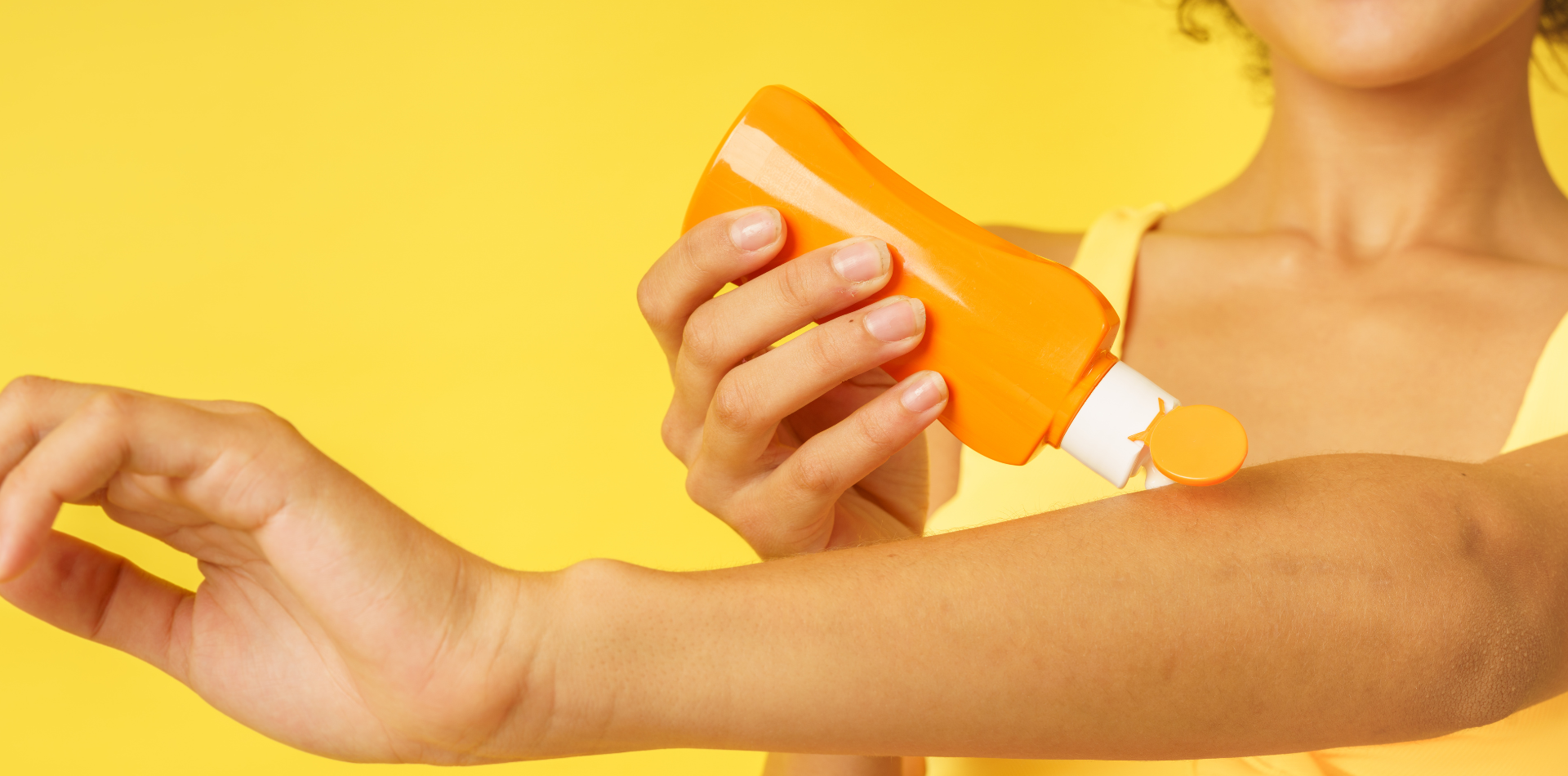
Decoding the UV Index Scale
The Numbers: 1 to 11+
The UV Index scale ranges from 1 to 11+, each number corresponding to a specific level of UV radiation intensity.
A lower index number (1-2) indicates low exposure levels, while a higher number (10-11+) signifies very high potential for harm.
Colours and Their Significance
Alongside the numerical scale, the UV Index uses a colour-coded system to help visualise the risk levels.
Starting from green, indicating low risk, the colours transition to yellow, orange, red, and finally purple as the risk intensifies.
Practical Applications of the UV Index
Daily Activities and UV Exposure
Whether you're planning a beach day or a walk in the park, understanding the day's UV Index can guide your sun-protection choices.
For instance, if the index forecasts high levels, you might opt for indoor activities or ensure you're well-protected outdoors.
Travel Considerations
If you're traveling, especially to tropical destinations or high-altitude regions, checking the local UV Index is crucial.
Such areas often have higher UV levels, demanding additional protective measures.
Tips for Protection Based on UV Index
Low UV Index (0-2)
Even on days with a low UV Index, it's always wise to practice basic sun safety.
This includes wearing sunglasses and using sunscreen if you're outside for extended periods.
Moderate to High UV Index (3-7)
As the UV Index creeps into the moderate to high range, the need for protective measures increases substantially.
Wide-brimmed hats, UV-protective clothing, and broad-spectrum sunscreen with an SPF of at least 50 become essential.
Very High to Extreme UV Index (8-11+)
On days when the UV Index is at its peak, taking comprehensive sun protection steps is non-negotiable.
Limit outdoor activities during peak hours, seek shade, and reapply sunscreen every two hours or after swimming or sweating.

Myths and Misconceptions about the UV Index
Cloudy Days Mean Low UV Exposure
One common misconception is that overcast skies guarantee protection from UV rays.
In reality, clouds can sometimes amplify UV levels, making it just as essential to follow sun protection measures on cloudy days.
Darker Skin Tones Don’t Need Sun Protection
It's a widespread belief that people with darker skin tones are immune to sunburn and UV damage.
While darker skin does offer more protection than fair skin, it doesn't provide complete immunity.
Everyone, regardless of skin tone or age, should be aware of UV risks.
Sun Safety and Awareness: The Way Forward
The UV Index serves as a beacon, guiding us towards informed decisions about our sun exposure, and ultimately, safeguarding our health. By staying informed and taking proactive measures, we can enjoy the sun's benefits without compromising our wellbeing.
FAQ
Q1: How often should I check the UV Index?
A: It's a good habit to check the UV Index daily, especially if you plan on spending considerable time outdoors.
Q2: Can I get sunburned in the winter?
A: Yes, snow can reflect up to 80% of UV rays, amplifying exposure. Winter sports enthusiasts should be particularly cautious.
Q3: How does altitude affect UV levels?
A: UV levels increase by about 10% with every 1,000 meters of elevation. If you're in a high-altitude location, take extra precautions.
Q4: Are children more susceptible to UV damage?
A: Children's skin is more sensitive, making them more prone to sunburn. It's crucial to protect them with suitable clothing, hats, and sunscreen.
Q5: Can I rely on my car windows to block UV rays?
A: While car windows can block a majority of UVA rays, UVB rays can still penetrate. If you're driving for extended periods, especially during peak UV times, consider additional protection.
More Skin Tips.
CoreBodi
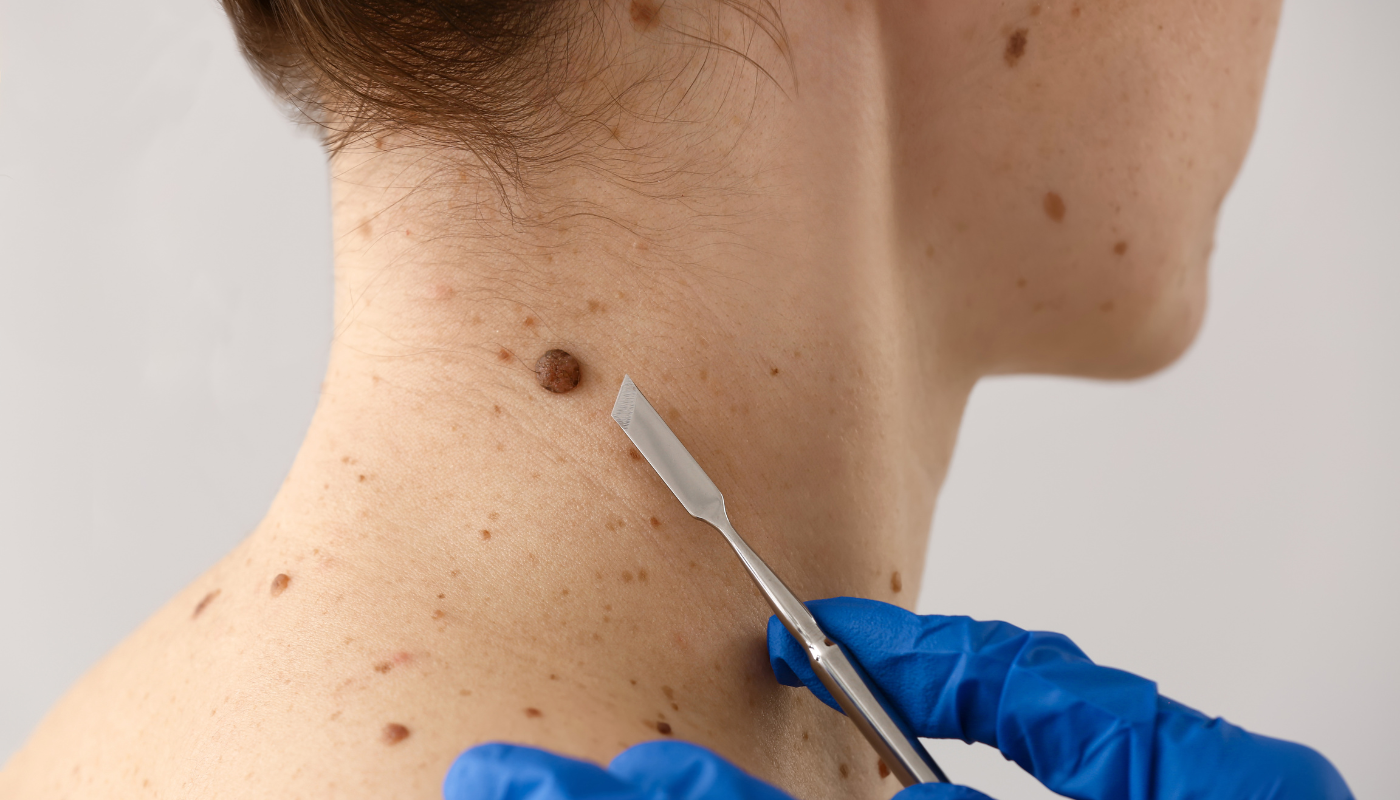


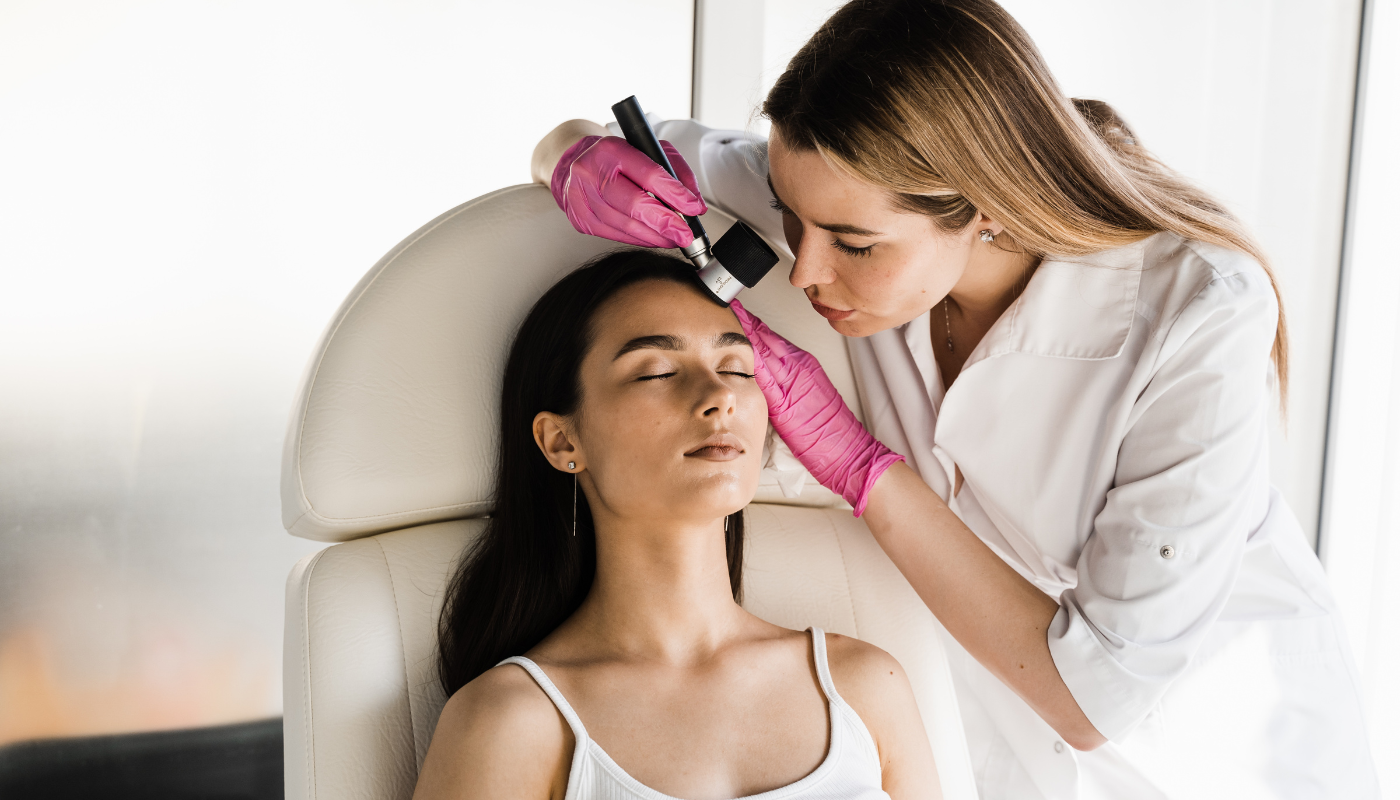
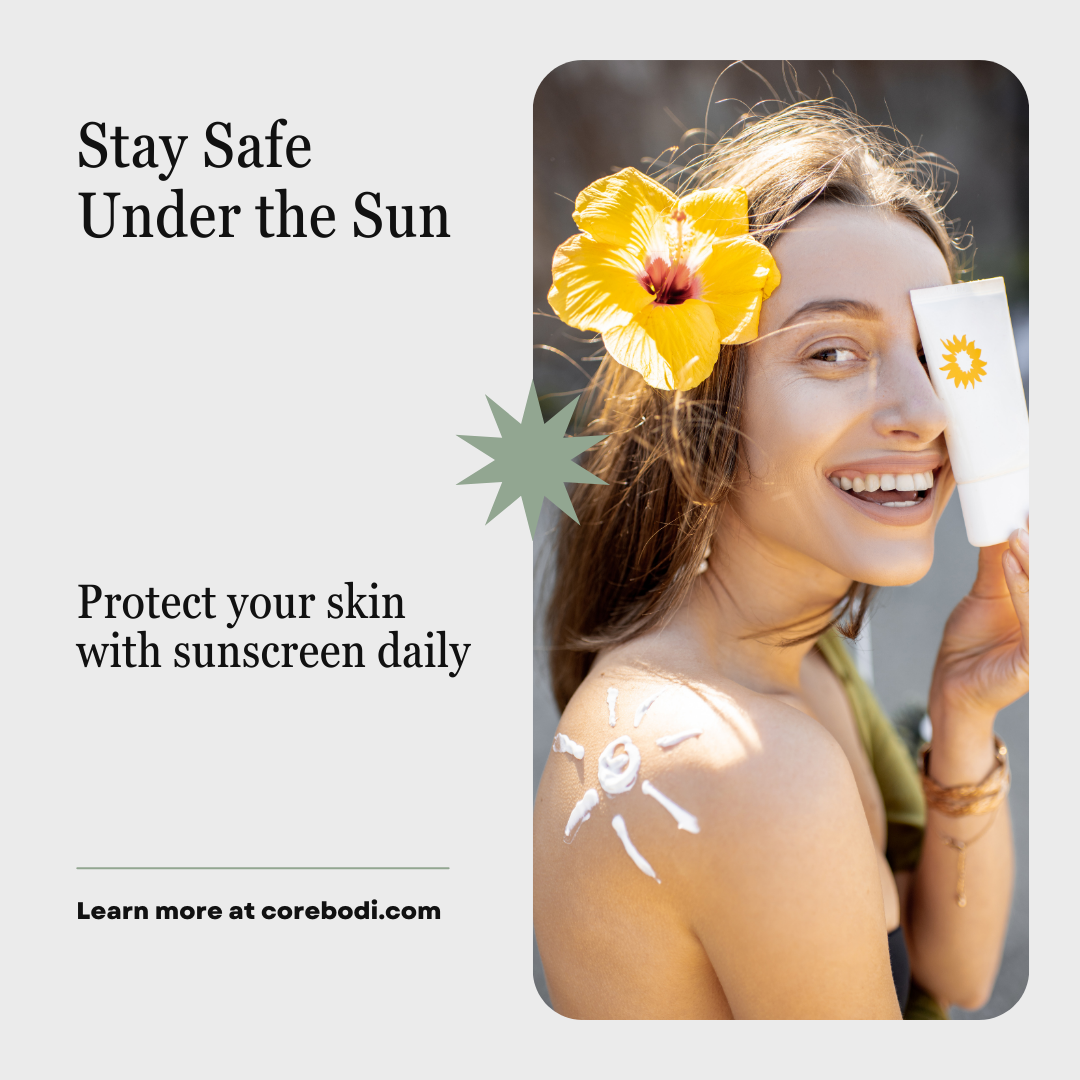

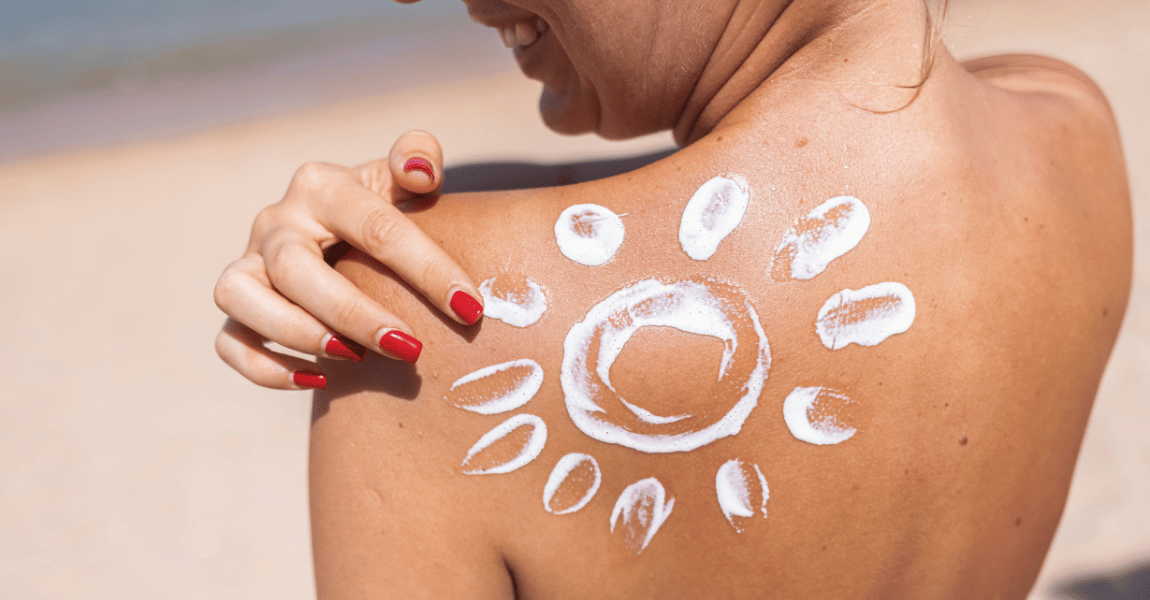

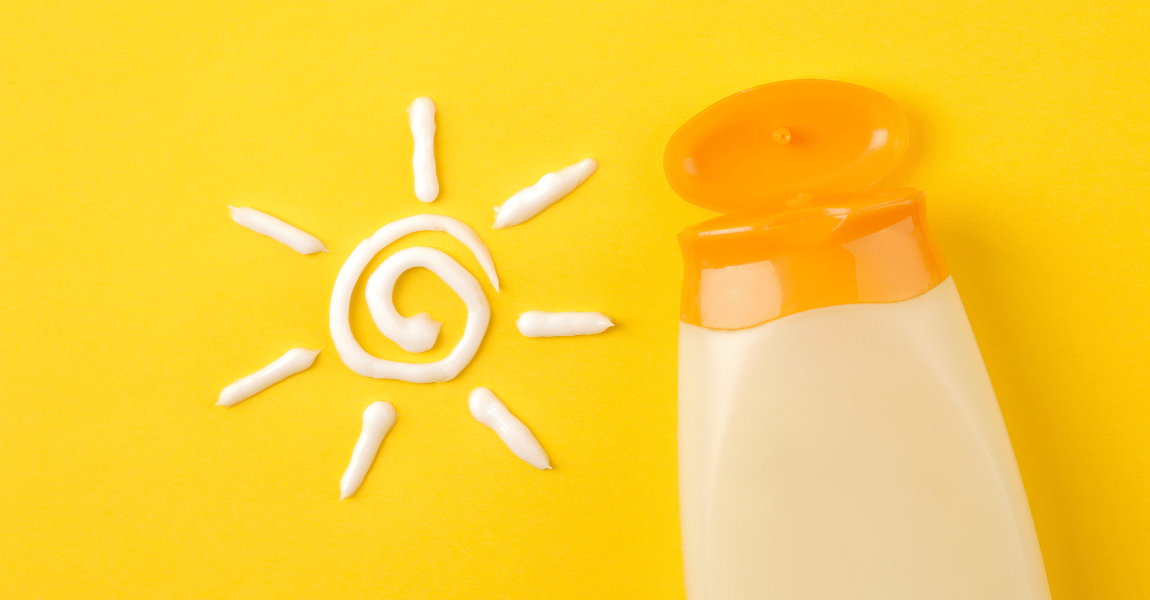

| Powered by Kaptol Media



